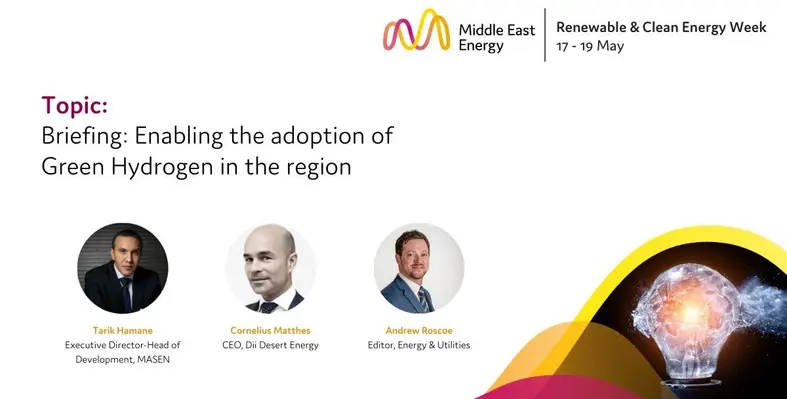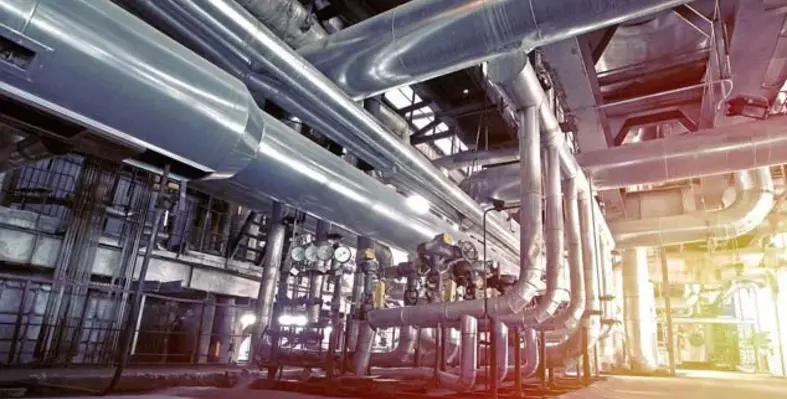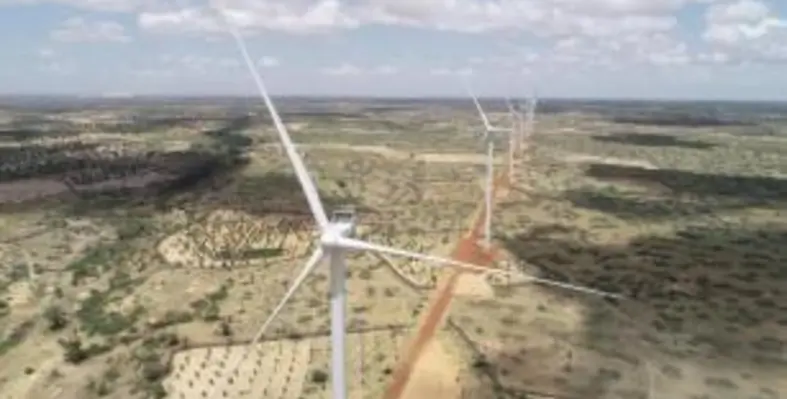
The panellists of the Middle East Energy 2021 session who discussed the adoption of green hydrogen. (Image source: Middle East Energy)
Hosting a session at Middle East Energy 2021 discussing the adoption of green hydrogen, Andre Roscoe, editor of Energy and Utilities at Informa Markets, noted that green hydrogen is generating a lot of excitement within the energy industry with governments, utilities, international partners and more, seriously considering developing green hydrogen projects in the future









